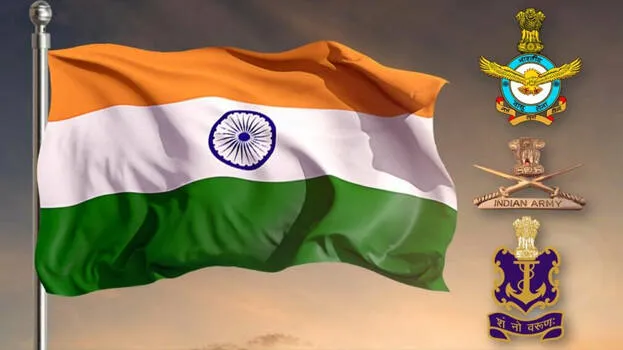

India is a country that prioritizes peaceful resolution. However, it also maintains a strong defence capability. Relevant information about India's borders and military capabilities in the context of the India-Pakistan conflict.
India-Pakistan Border
Spreads approximately 3,323 km. It is divided into different sectors.
International Border
Regions- Punjab, Rajasthan, Gujarat
Officially recognized border.
Relatively peaceful.
Patrolled by India's Border Security Force (BSF)
Line of Control
Region- Jammu and Kashmir
Highly militarized.
Regional ceasefire violations.
Controlled by Indian Army
Actual Ground Position Line (AGPL)
Location- Siachen Glacier
World's highest battlefield
Severe weather
Under the control of the Indian Army
Sir Creek
Area- Gujarat-Sindh border
Disputed marshland in Rann of Kutch.
Navy and Coast Guard are monitoring
India's Military strength
In the event of a military conflict with Pakistan, India can deploy various branches of its armed forces:
Indian Army
Strike Corps (First Corps, Second Corps etc.): Used for deep missions along the border
Infantry and Mountain Divisions: Will be responsible for defence and security of the Line of Control and the International Border
Special Forces like Parachute Regiment and Rashtriya Rifles: For counter-insurgency and tactical missions
Indian Air Force
Capable of carrying out air and ground attack and reconnaissance missions
Major aircraft: Rafale, Sukhoi SU-30 MKI, Mirage 2000, Tejas
Indian Navy
Can be used to blockade Pakistani ports (e.g. Karachi)
Western Naval Command plays a key role
Submarines, aircraft carriers, and warships for sea control
Strategic Forces
Ballistic missiles, cruise missiles, and nuclear weapons
Controlled by Strategic Forces Command
To be used only in case of extreme threat to national security (India follows a nuclear policy of "no first use")
Cyber and space capabilities
India has excellent capabilities for cyber warfare and satellite surveillance